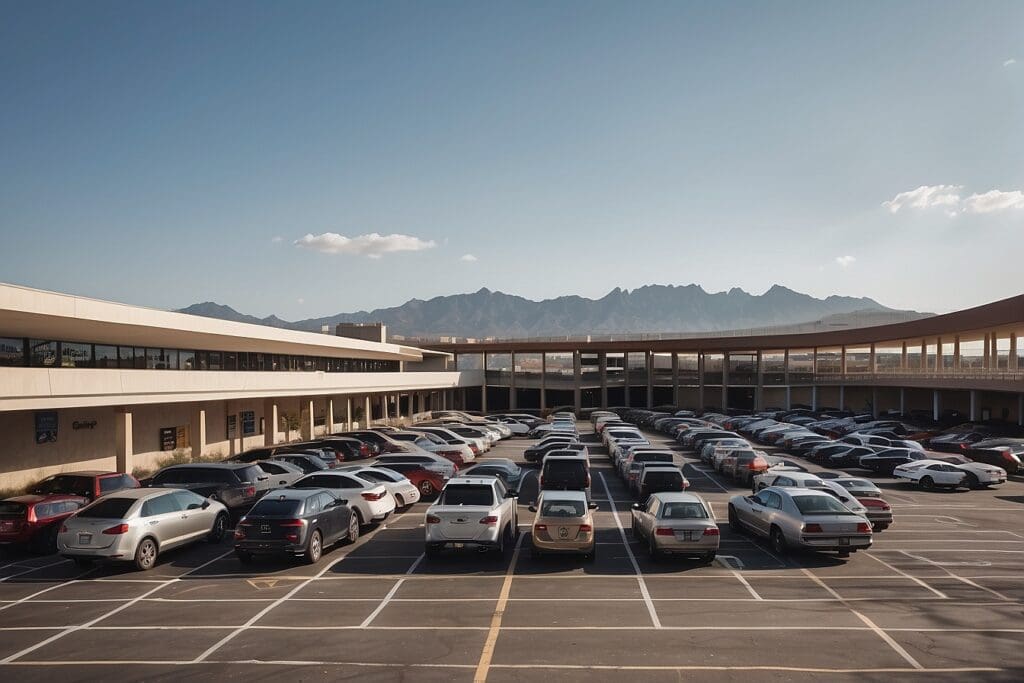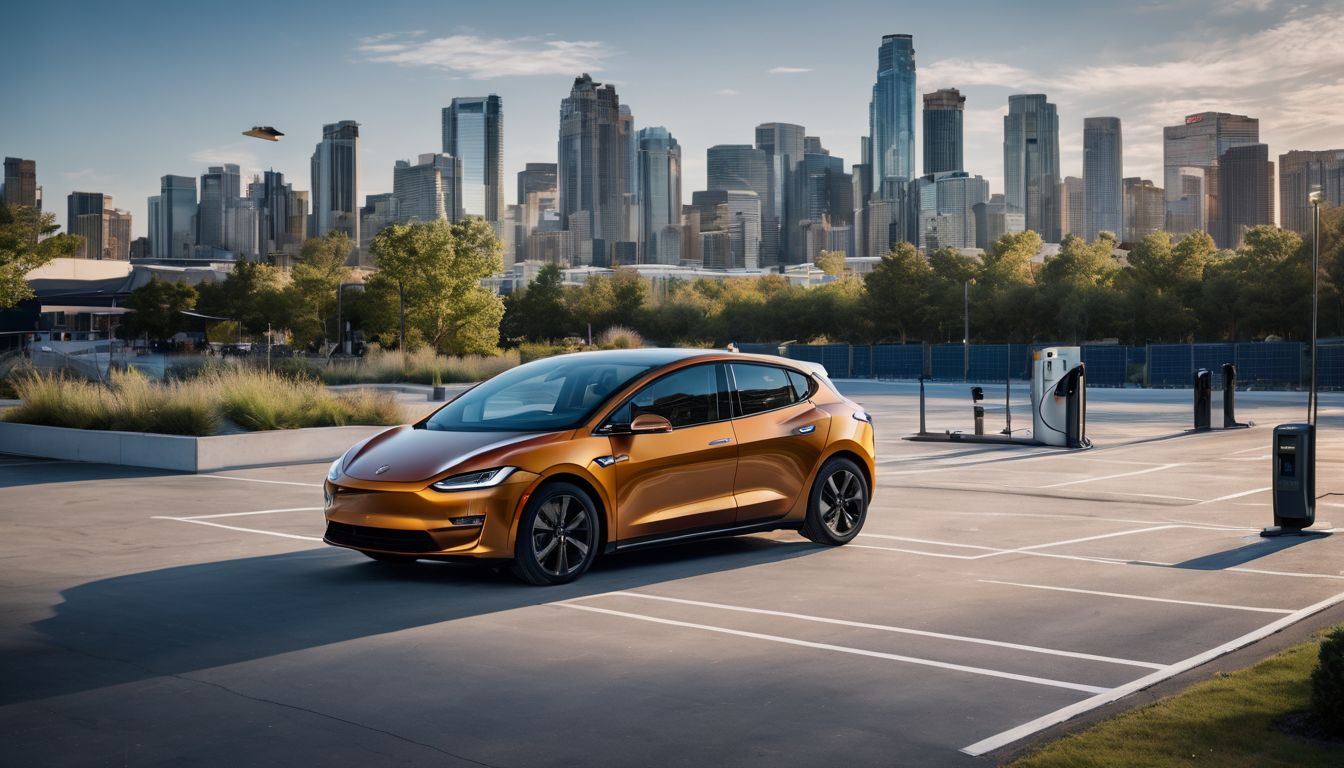Ever since the 1950s, when suburbanization took off in the United States, we have been lamenting the way in which we’ve “paved paradise to put up parking lots.”1 And now that we’ve covered an estimated 800 million spaces in the U.S.—an area larger than all of Puerto Rico—urban planners and environmentalists are seeking new ways to reinsert some paradise.2 There is a movement underway to turn parking lots into environmentally friendly public spaces.
The Problem with Parking Lots

There is no denying that we have an automobile-oriented society. But for all of the talk about the environmental impact of greenhouse gas emissions associated with cars, there is not a lot of discussion about the environmental considerations of parking all of those cars. Consider that for all of the cars in the U.S., it’s estimated that there are three nonresidential parking spaces.3 In some cities, like Orlando, Houston, and Los Angeles, parking lots are estimated to cover at least one-third of the land area!4
A parking lot at Disney World in Orlando, Florida.5
Such coverage comes with environmental costs. The large, impervious surfaces of parking lots increase storm-water runoff. Typically, rainwater runoff, which picks up motor oil and other pollutants, flows into storm drains that lead to our rivers, streams and lakes. One inch of rain falling over a large parking lot yields about 27,000 gallons of runoff water. Think about all of the lawns we could water with that!6 In areas that receive large amounts of snow in the wintertime, the parking lots are often salted. In some streams, researchers have documented that the salt that washes off of parking lots and into streams does not get flushed out, but builds up over time. Increasingly, scientists are documenting chloride concentrations that exceed the EPA’s chronic exposure level of 230 mg/L, known to be dangerous for aquatic organisms.7
The exposed pavement also increases the heat-island effect, by which urban regions are made warmer than surrounding rural areas.8 Heat islands can negatively affect communities by increasing summertime peak energy demand, air conditioning costs, greenhouse gas emissions, air pollution, heat-related illness and mortality, and water quality.9
Left for Dead
One contributing factor to the proliferation of parking spaces in our country is the accelerating “dead mall” trend. Evolving demographics, new buying patterns, a bad economy, and growing expectations for convenience and entertainment are killing some malls and pushing others to the brink of insolvency. Instead of reviving old malls, new ones are constantly being built a bit further down the highway. Although figures vary, a major 2001 study estimated that 19 percent of all American malls (and their parking lots) are completely dead or likely to go completely out of business over the next few years. That’s almost one out of every five malls.10
This trend is now so well documented that deserted malls are currently being documented on an interactive website (www.deadmalls.com), and have been given the classification of “grayfields.” In 2003, a group of Los Angeles architects held an international competition to figure out what to do with these sites. Although none of the plans submitted for the competition will be put into action, they do give us a glimpse of what the future might hold. The winners suggest creating parks on the old lots, mixing uses, and even creating a windmill farm to produce energy for the community.11
Rethinking the Parking Lot
In addition to the full-scale parking lot remodels proposed in the dead malls competition, architects and planners everywhere are trying to come up with ways to improve parking lots going forward. As a New York Times article put it, parking lots may be the most regularly used outdoor space in the United States, so it’s time we “took them seriously.”12 In fact, parking lot design has evolved recently to become more environmentally friendly. The biggest advances in lot designs have involved porous surfaces, more trees for shade and carbon capture, and storm-water collection facilities. In the San Francisco Bay Area for example, it is not uncommon to find yourself parked underneath solar canopies that produce energy and lower temperatures at the same time.13 Unfortunately, these designs are not yet the norm around the majority of the U.S. or the rest of the world.
New Lamont Parking Lot at Columbia University will help reduce runoff.14
A more radical approach to making parking lots work better for the community and/or the environment is to “take them back.” Hundreds of lots already are taken over by farmers markets , street-hockey games, block parties, and church services. Parking Day, a global event that has been around since 2005, encourages this kind of innovation. Each year participants have adapted hundreds of lots in dozens of countries, setting up temporary health clinics and bike-repair shops, holding seminars and even weddings in abandoned parking lots!
This waterfront parking lot in the Williamsburg, Brooklyn neighborhood hosts a weekly food court and flea market. 15
It may be hard to find parking places in downtown areas, but for the most part we are overrun with lots. It’s time to take back the lots we don’t need, and lessen the environmental impacts of those that we decide to keep.



